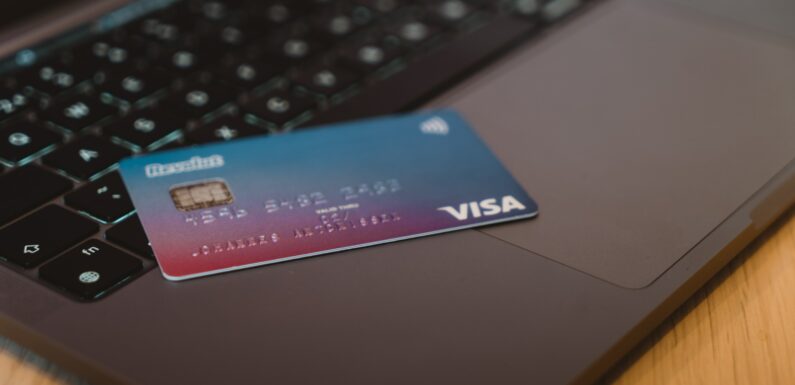
Payment giant Visa has announced it will be expanding its stablecoin settlement capabilities to the Solana blockchain, working with merchant acquirers Worldpay and Nuvei, two giants in the industry.
This is in order to further leverage innovative technologies in the digital currency space. Speaking on the partnership, Jim Johnson, President of Worldpay Merchant Solutions, FIS said:
“Visa’s USDC settlement capability enables Worldpay to bring more of our treasury operations in-house and allows us to offer merchants more choices for receiving funds.”
Also commenting on its partnership with Visa, Philip Fayer, Chair and CEO, Nuvei said “Stablecoins like USDC are cutting edge payments technology that can enable online businesses around the world to accelerate their growth.”
Visa has already embarked on live pilots with issuers and acquirers, moving millions of USDC over the Solana and Ethereum blockchain networks to settle fiat-denominated payments authorized over VisaNet.
The company’s treasury and settlement systems enable the clearing, settlement and movement of billions in transactions a day. The systems also ensure that the issuer sends the correct amount to the acquirer seamlessly with over 25 currencies in about 15,000 financial institutions.
Visa says it is leveraging Solana’s technology to improve the speed of transactions and make funds transfer through Visa treasury easier.
“By leveraging stablecoins like USDC and global blockchain networks like Solana and Ethereum, we’re helping to improve the speed of cross-border settlement and providing a modern option for our clients to easily send or receive funds from Visa’s treasury,” said Cuy Sheffield, Head of Crypto, Visa.
“Visa is committed to being on the forefront of digital currency and blockchain innovation and leveraging these new technologies to help improve the way we move money,” he added.
Expanding to Other Markets
Visa began testing how USDC could be used inside its treasury operations with a pilot using Crypto.com in 2021. This pilot made Visa one of the first major payment networks to test stablecoin settlement on the issuance side.
It resulted in the successful use of USDC and the Ethereum blockchain to receive payments from Crypto.com for cross-border volume on their live card program in Australia. Since then, Crypto.com has been using USDC for payment settlement on Visa cards and plans to expand to other markets.
“We are excited about the USDC use cases Visa and its partners are driving to create fundamental blockchain innovation,” said Jeremy Allaire, Co-founder and CEO, Circle.
“Circle built USDC to provide a functional digital dollar that could move at the speed of the internet to facilitate secure, reliable payments. Expanding the pilot exemplifies how pairing USDC with Visa’s innovation opens up the future of payments, commerce and financial applications,” he added.
Improving Speed and Reducing Cost
In its quest to expand this capability to more clients, Visa has been looking for ways to leverage newer, high performance blockchains that can increase transaction speed while reducing cost. This is why Visa chose to integrate Solana, a high-performance blockchain with lightning speed transactions that its partners can use to send or receive USDC payments.
This places Visa in the league of the first major payment companies to directly utilize Solana for live settlement payments between its clients. With 400 millisecond block time, an average of 400 transactions per second (TPS) and capacity to hit more than 2,000 TPS, it’s easy to see why Solana is a choice blockchain for payment companies.



